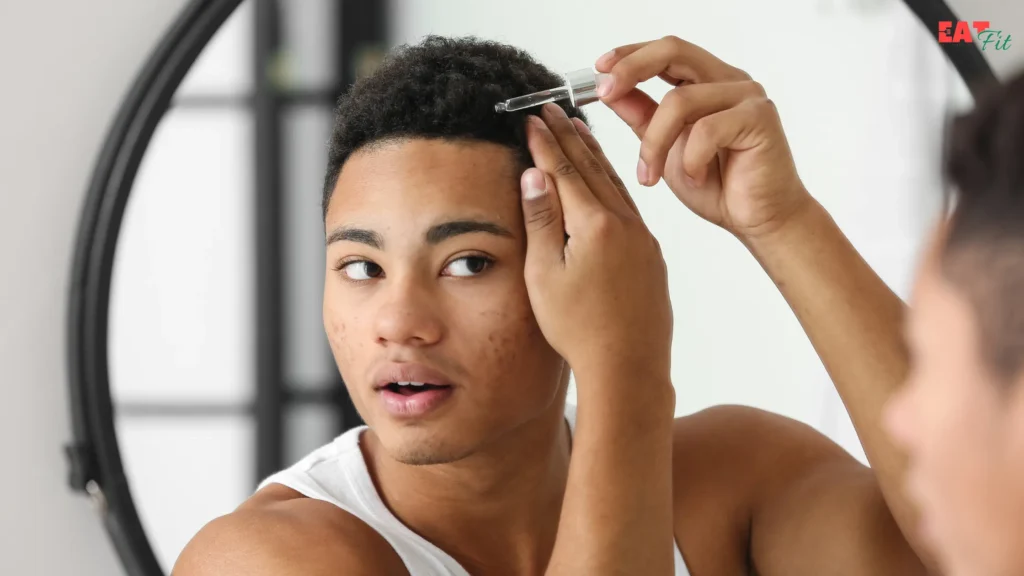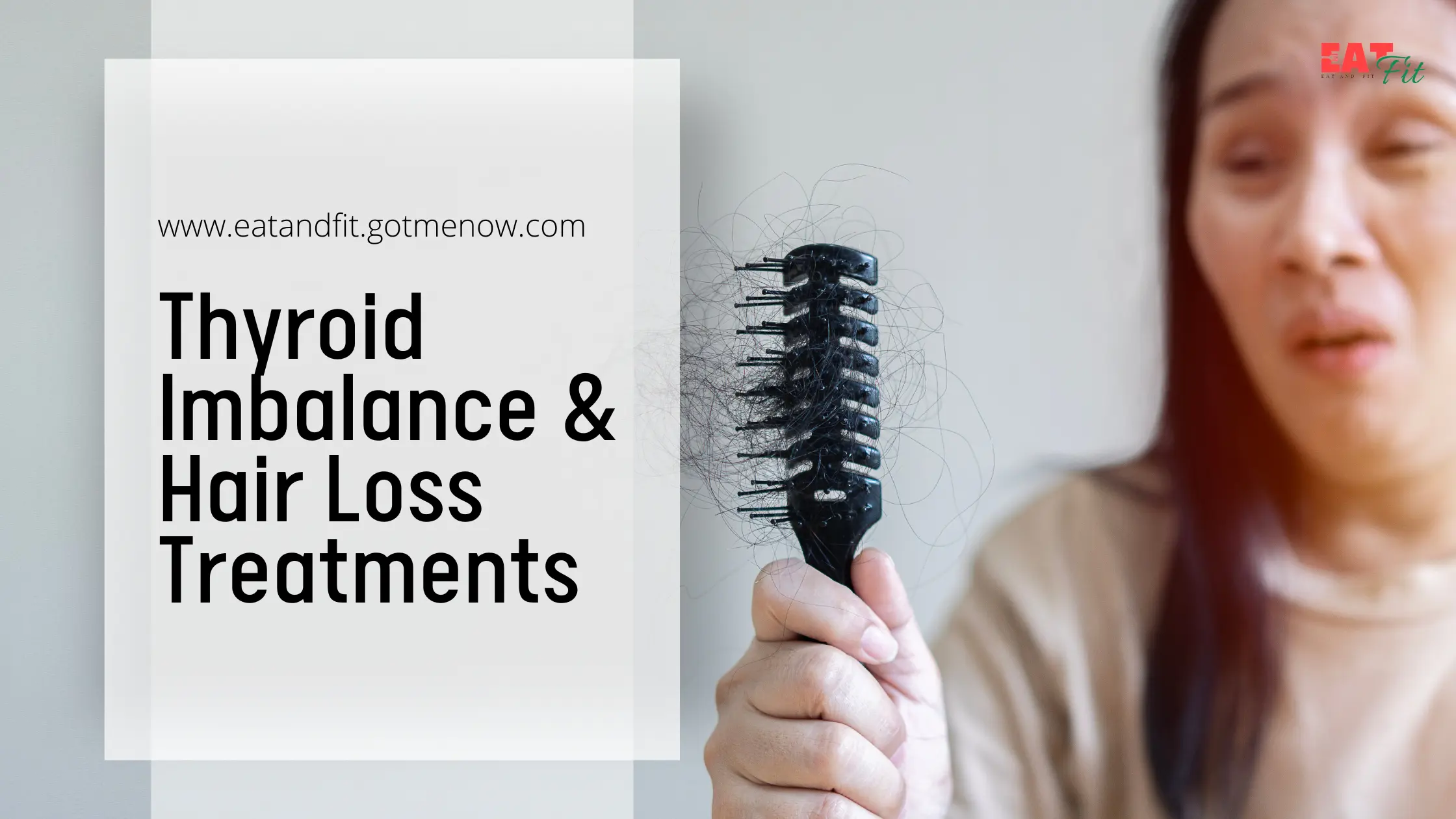Combating Receding Hairline: Effective Treatments for Receding Hair Loss

Introduction
A receding hair loss, characterized by hair loss at the temples and crown of the head, is a common concern for many individuals, particularly men. While receding hairline can be distressing, there are several effective treatments available to address this issue and promote hair regrowth. In this blog post, we’ll explore the causes of receding hair loss and discuss various treatment options, ranging from medications to surgical procedures.
Understanding Receding Hairline

Receding hairline, also known as male pattern baldness or androgenetic alopecia, is primarily driven by genetics and hormonal factors. It typically progresses gradually over time, with hair follicles shrinking and producing thinner, shorter hairs until they eventually stop producing hair altogether. While receding hairline is more commonly associated with men, it can also affect women, albeit less frequently.
Treatment Options for Receding Hair Loss
Several treatment options are available to address receding hair loss and promote hair regrowth:
1. Medications:
Minoxidil (Rogaine): Minoxidil is a topical medication that is applied directly to the scalp. It works by increasing blood flow to the hair follicles and prolonging the growth phase of the hair cycle. Minoxidil is available over-the-counter and has been shown to be effective in slowing down hair loss and promoting hair regrowth in some individuals.
Finasteride (Propecia): Finasteride is an oral medication that works by blocking the conversion of testosterone into dihydrotestosterone (DHT), a hormone that contributes to hair loss. Finasteride is available by prescription and has been shown to be effective in slowing down hair loss and promoting hair regrowth, particularly at the crown of the head.
Harnessing the Power of Stem Cells: A Promising Hair Loss Treatment
2. Platelet-Rich Plasma (PRP) Therapy:

PRP therapy involves injecting a concentrated solution of platelets derived from the patient’s own blood into the scalp. Platelets contain growth factors that stimulate hair follicle activity and promote hair regrowth. PRP therapy is a minimally invasive procedure that may help slow down hair loss and improve hair density.
Navigating Post-COVID Hair Loss: Effective At-Home Treatments
3. Hair Transplant Surgery:
Hair transplant surgery involves transplanting hair follicles from areas of the scalp that are resistant to hair loss (typically the back or sides of the head) to areas affected by receding hairline. This procedure can provide natural-looking results and permanent hair regrowth, but it requires careful planning and may be associated with some downtime and recovery.
Conclusion
A receding hair loss can be a distressing condition, but effective treatment options are available to help individuals regain confidence and achieve thicker, fuller hair. Whether you opt for medications, PRP therapy, hair transplant surgery, or a combination of treatments, it’s essential to consult with a qualified healthcare professional to develop a personalized treatment plan tailored to your needs and goals. With the right approach, you can combat receding hairline and enjoy a renewed sense of self-assurance.








